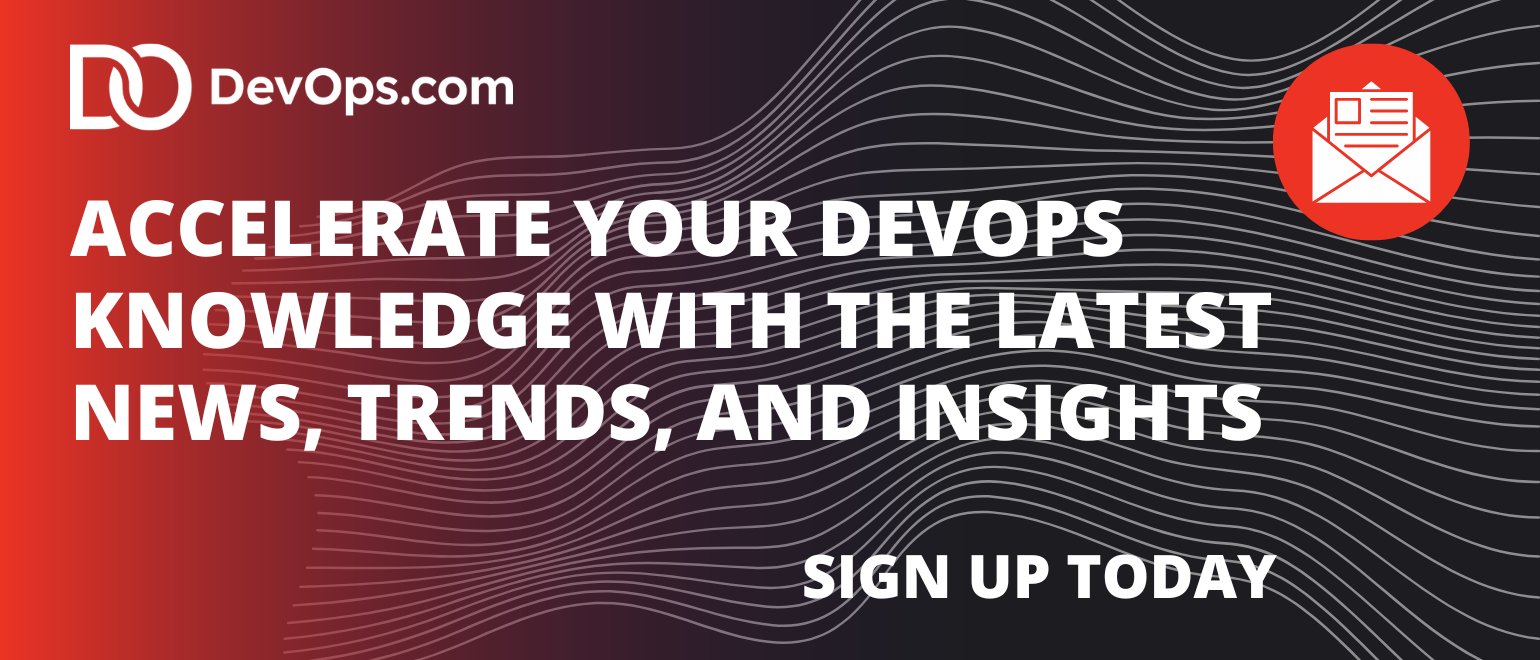The software engineering landscape is experiencing a paradigm shift. While most AI coding tools have focused on generating code faster, a new player is tackling the more substantial challenge that consumes 70% of engineering time: Understanding existing codebases and collaborating effectively on complex problems.
Reflection AI, founded by DeepMind researchers behind AlphaGo and Gemini and backed by $130 million, has launched Asimov. This code research agent promises to transform how engineering teams navigate the complexities of large-scale software development.
The Real Engineering Challenge
The conventional wisdom around AI coding assistance has been misguided. Research shows that engineers spend only about 10% of their time writing code, while the remaining 70% is devoted to understanding existing systems, debugging issues, and collaborating with teammates on intricate problems. This reality exposes a significant gap in current AI tooling, which predominantly focuses on code generation rather than comprehension.
“Engineers don’t spend most of their time writing code. They spend most of their time understanding code and collaborating with other teammates on hard problems,” explains the Reflection team. This insight drives Asimov’s unique approach to engineering productivity.
Asimov’s Three-Pillar Architecture
What sets Asimov apart is its comprehensive approach to capturing and organizing engineering knowledge through three key components:
- Unified Knowledge Repository Traditional engineering knowledge exists in silos; scattered across codebases, architecture documents, GitHub discussions, chat histories and project management tools. Asimov breaks down these barriers by ingesting information from all these sources, creating a single source of truth for engineering knowledge. This holistic approach ensures that critical context isn’t lost in the gaps between different systems.
- Tribal Knowledge Capture Perhaps most innovatively, Asimov introduces “Memories,” a system for capturing and preserving team-wide tribal knowledge. Senior engineers can update Asimov’s understanding with commands like “@asimov remember X works in Y way,” effectively offloading the contextual knowledge stored in their heads to benefit the entire team.
This feature addresses one of the most significant challenges in engineering organizations: Knowledge transfer. When experienced team members leave or new engineers join, critical understanding often leaves with them. Asimov’s memory system, complete with role-based access control (RBAC), ensures that valuable insights persist within the organization.
- Multi-Agent Processing Architecture Under the hood, Asimov employs a multi-agent architecture designed to handle massive amounts of information. The system uses multiple small, long-context agents (retrievers) to gather relevant information from extensive codebases and other sources. In contrast, a large short-context reasoning agent (combiner) synthesizes this information into coherent, actionable responses.
Real-World Impact
The effectiveness of Asimov’s approach becomes evident in practical scenarios. Consider a common DevOps challenge: Large-scale jobs timing out without clear explanations. Traditional debugging might involve hours of manual investigation across multiple systems and team discussions. Asimov can quickly analyze the entire context — code changes, infrastructure modifications and team communications — to identify root causes, such as race conditions resulting from conflicting modifications made by different teams.
In blind testing with maintainers of major open-source projects, Asimov’s responses to complex questions were preferred 60-80% of the time compared to other coding products, including established tools like Cursor Ask and Claude Code.
Implications for DevOps Teams
For DevOps professionals, Asimov represents a significant leap forward in operational intelligence. The tool’s ability to understand not just code, but the entire context surrounding system behavior makes it particularly valuable for:
- Incident Response: Quickly correlating code changes, infrastructure modifications and team decisions to identify root causes
- Knowledge Transfer: Preserving critical operational knowledge as team members transition
- System Onboarding: Accelerating new team member understanding of complex systems
- Cross-Team Collaboration: Breaking down silos between development, infrastructure and research teams
“The knowledge and information trapped in chats, tickets, repositories, documents, and more are perfect for AI to consume and make available. Capturing and retaining this institutional knowledge, particularly technical, has long been a desire. Still, efforts often fall short of good intentions,” said Mitch Ashley, VP & Practice Lead, Software Lifecycle Engineering at The Futurum Group. “Properly curated, the information contained in a system like Asimov can be used by everyone across the SDLC: Testers, platform engineers, operations and more.”
The Path to Superintelligence
Reflection AI positions Asimov as more than just another coding tool; it’s a stepping stone toward broader superintelligence. The company argues that superintelligent code understanding is a prerequisite for superintelligent code generation, not the other way around. This philosophy suggests that mastering comprehension and context will ultimately enable more sophisticated autonomous development capabilities.
Looking Forward
As engineering teams grapple with increasingly complex systems and distributed architectures, tools like Asimov offer a glimpse into a future where AI serves as a genuine collaborative partner rather than just a code completion engine. By focusing on understanding and context rather than mere generation, Asimov addresses the actual pain points that slow down engineering teams.
The tool is currently in early access, with Reflection AI selecting teams for initial deployment. For DevOps teams struggling with knowledge silos, complex debugging scenarios, or onboarding challenges, Asimov represents an intriguing solution that aligns AI capabilities with real engineering workflows.
The evolution from code generation to code comprehension marks a maturation in AI tooling; one that recognizes that the most complex problems in software engineering aren’t about writing more code faster, but about understanding the code we already have and the systems it creates.




